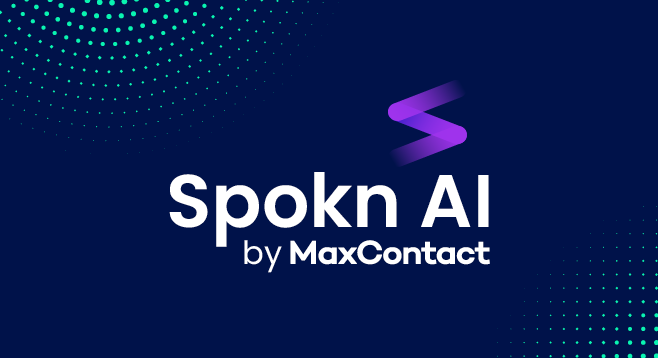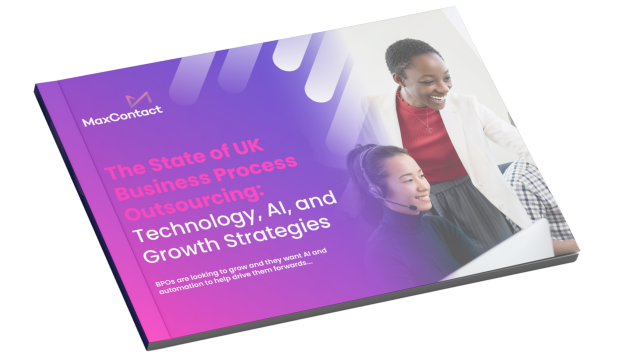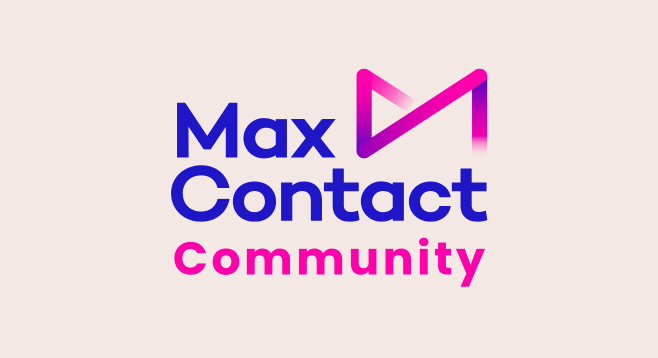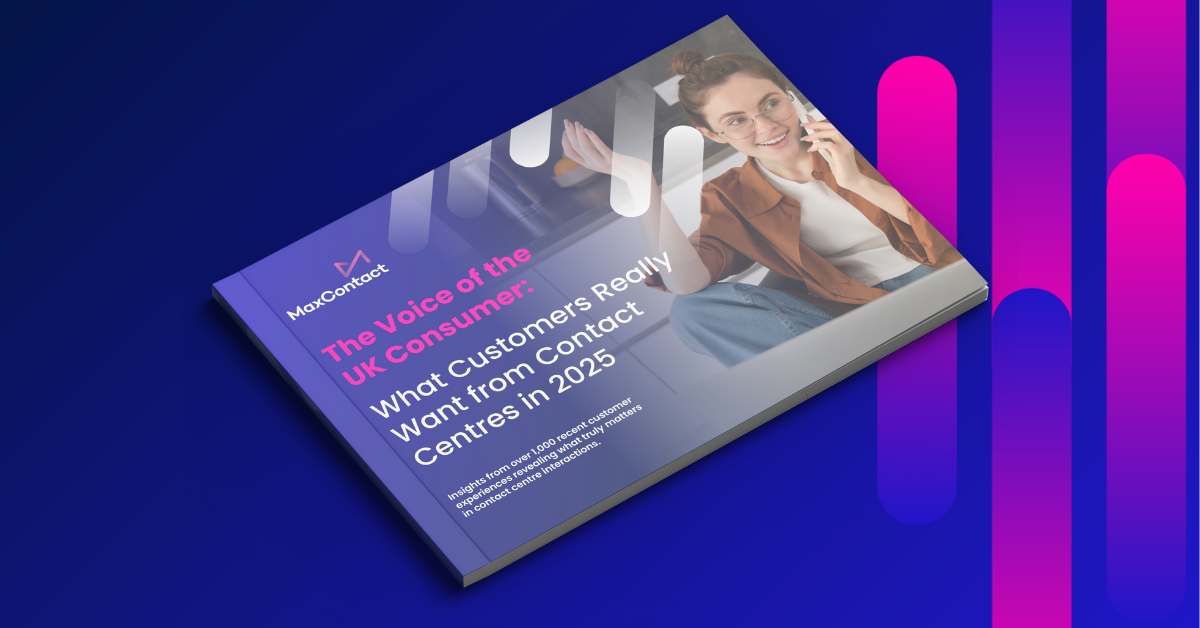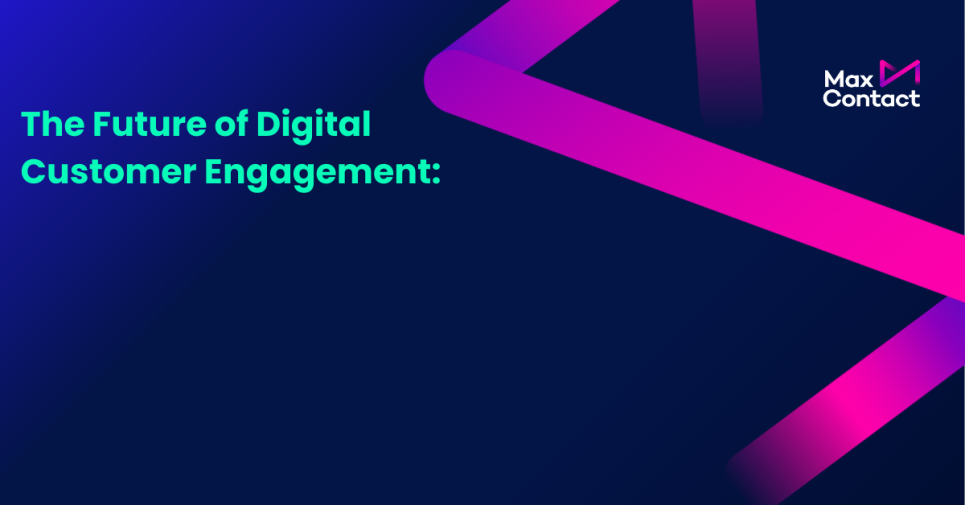Contents
Omnichannel contact centre software
Omnichannel communications allow customers to interact with your organisation using any one of a number of channels, from voice and email to instant messaging and live chat. Customers increasingly expect to be offered omnichannel options, making it a key ingredient in customer satisfaction scores. In addition, omnichannel platforms help agents deliver a coherent, joined-up service.
What is omnichannel contact centre software?
Customers want to be able to contact your organisation via the communications channel of their choice. They want to be able to call, text, email or instant message, depending on what else they might be doing at the time, the purpose of the interaction, and their own communications preference. Increasingly, consumers are happy to interact with chatbots. In fact, offering a live chat or chatbot option is one of the best ways to improve customer satisfaction.
Omnichannel contact centre software is simply the technology that allows all this to happen. But it can do so much more than simply offer different ways to get in touch. An integrated system can tie all those communications channels together, so that a conversation that starts with a telephone call can be continued via text message, for example. It also brings all those messages and calls together, so you have a complete record of every interaction a customer has with your business. That can be invaluable in tailoring services to individuals and creating meaningful, personalised conversations.
How does omnichannel work?
Omnichannel is a customer-centric approach to communications. It gives customers a consistent experience, whether they’re calling, video calling, emailing, texting or messaging. If you operate physical centres that are open to the public, omnichannel should be extended to customers’ interactions in person, too.
The basic philosophy behind omnichannel is that customers get a cohesive and integrated experience. They can text your contact centre one day and call the next, and both conversations will be available to the agent so the customer doesn’t have to repeat information already given. Agents can even scan a conversation the same customer had with your live chat service two years ago, if that’s relevant to the current issue.
That’s how omnichannel works for customers and agents. From a software perspective, an omnichannel solution offers and oversees a network of communication technologies, essentially treating them as one channel. Messages and information from each are gathered together and can be analysed for valuable customer insight.
How does omnichannel impact customer experience?
Not everyone wants to speak on the phone, or is in a position to do so (they might be at work, for example). On the other hand, some people – especially some older people – are not comfortable with digital communications. The core impact of an omnichannel solution on user experience is giving customers choice. When they need to call, they can call. When they have a simple query, they might be happy interacting with a chatbot. If they want a quick update on an ongoing issue, they may prefer to send a text message. You can also outreach to customers using all these different methods, depending on individual preferences.
Offering customers the options they want is the main impact of omnichannel software, but it isn’t the only one. Agents can use omnichannel to tailor their service to customers. For example, an agent might take a call from a customer that requires input from another area of the business. Instead of having the customer wait on hold until the relevant department supplies the information, the agent can text or email the answer when it arrives, letting a customer get on with their day in the meantime.
Finally, the omnichannel customer experience is a joined-up one. Agents have all previous customer interactions at their fingertips, whether they involved calls, emails, texts, instant messages or live chat. That gives them an immediate idea of the customer’s challenges and priorities, and allows them to manage the conversation accordingly.
With one platform for customer engagement, you get one view of every customer interaction with your business. Your teams can review customers and contacts, and delve into historical interactions to get a better understanding of their needs.
Omnichannel versus multichannel
We’ve talked about omnichannel, but you may also have heard the term “multichannel”, and the two are often used interchangeably. But they are not the same. There are fundamental differences between an omnichannel platform and a multichannel solution which you need to take into account.
Let’s start with the similarities. A multichannel contact centre uses more than one method of communication, like voice, text and email. That gives customers a choice of channels, which they can switch between depending on their preference and needs.
So far, so similar. But while multichannel offers choice, it’s based on separate services that don’t work together. To that extent multichannel is an opportunity missed. It can’t offer all the advantages of convergence that are present in omnichannel contact centre software. An omnichannel contact centre is one which has full visibility of a customer journey, regardless of which channels are used. A multichannel contact centre simply offers different ways to communicate.
Multichannel solutions can actually add complexity to contact centre management. An omnichannel solution is one platform. Multichannel solutions often use separate services for voice, email, chat, messaging and so on. That creates an extra management and maintenance burden, and potentially leads to extra cost.
Omnichannel software integrations
Good omnichannel contact centre software is more than the sum of its parts. It adds significantly to joined-up, customer-centric thinking across your organisation.
It achieves this through integrations. You can integrate a good omnichannel solution with your CRM, payment provider or industry-specific software for a joined-up organisational view of your customers, and how they’re interacting with your teams. To put it simply, data from your CRM system (for example) feeds into your omnichannel platform, and data from your omnichannel platform flows into your CRM solution. That gives everyone in the organisation a rounded view of customer engagement and, with it, real insight into customer pain points, priorities and opportunities.
Get the MaxContact Newsletter
Get free insights, research and expert interviews shared to your inbox every month.
Omnichannel features
Here’s a brief rundown of some of the features contact centres should expect in a modern omnichannel platform:
- Inbound and outbound voice
Your omnichannel solution should come with an intelligent auto dialler, making it easy to dial contacts at the most opportune times. Meanwhile, Answer Machine Detection (AMD) reduces the time lost to voicemails, no answers or busy tones, giving your teams more time to have real conversations.
On the inbound side, IVR routing gets callers to where they need to be quickly and seamlessly, whether that’s to an agent, a recorded information message or a secure auto-payment system. IVR also gives customers 24/7 access to a range of automated services.
- Email
Email is still an important communications channel, and you can make email easier with auto responses and smart email routing. Modern email systems should let you view and save email interactions against customer records, set up queues to direct emails to specific individuals and teams, and help you understand how your teams are doing against your SLA.
- SMS
In omnichannel solutions, SMS is often used to send customer reminders – whether that’s to pay a bill or submit a meter reading. A good solution lets you tailor SMS to your needs. Set up automated marketing messages in response to inbound enquiries or remind customers to pay an outstanding balance.
- Webchat
A good web chat function lets agents handle multiple customer conversations simultaneously. You can choose when live web chat is available to better support your team members, pre-configure messages for speed and consistency, and ask prechat questions to get the information you need to have better conversations.
- Insights and reporting
Omnichannel platforms throw up lots of useful customer data. You should be able to harness that valuable information in reports and easy-to-create custom dashboards that let you define targets and visualise key data. Collect and view information in real time, whether that’s team performance or customer satisfaction, and really stay on top of your SLAs.
Omnichannel best practice
Is there a downside to omnichannel contact centre solutions? Only if you don’t follow best practice.
Most importantly, you have to commit to offering customers an omnichannel experience, rather than paying lip service to the concept. That means that if you offer an instant messaging channel, you need to have agents available to monitor it and respond to messages in a timely manner. The same goes for SMS, email and live chat (when a human agent is involved).
That’s really important, because there’s little that is more likely to annoy customers than “instant” messages that take two hours to answer or emails that sit in the back of a response queue for weeks on end.
The good news is that offering omnichannel options is likely to give your agents more time for digital communications, by reducing the number of incoming calls to your contact centre. It’s also the case that agents can usually continue two or three live chat or messaging conversations at the same time, as opposed to a single voice call.
The benefits of omnichannel software
In conclusion, good omnichannel software, properly implemented and resourced, can have huge benefits for contact centre operations and customer satisfaction levels.
- Customers want omnichannel. They want the option to email your support teams, send a quick text message (SMS), or use online chat. They also want to self-serve where possible. Providing these alternatives is one of the best ways to improve customer satisfaction.
- Agents want omnichannel. It helps them improve customer service by allowing instant access to all correspondence between a client and your company. A good omnichannel solution will centralise all those disparate interactions, giving a complete view of customer engagement. Omnichannel also helps ease pressure in contact centres by reducing call volumes.
MaxContact’s omnichannel solution is flexible, scalable and designed to meet the needs for many businesses. It offers SMS, email, Whatsapp, Messenger and web chat, alongside outbound and inbound voice. It delivers reporting that provides real business insight, and offers a range of features that help contact centres stay compliant at all times.
If you’re looking for a powerful omnichannel engagement platform to increase productivity,
grow revenue and help ensure compliance, we’re here to help. Simply book a free, no obligation demonstration and we’ll show you what MaxContact can do for you.
